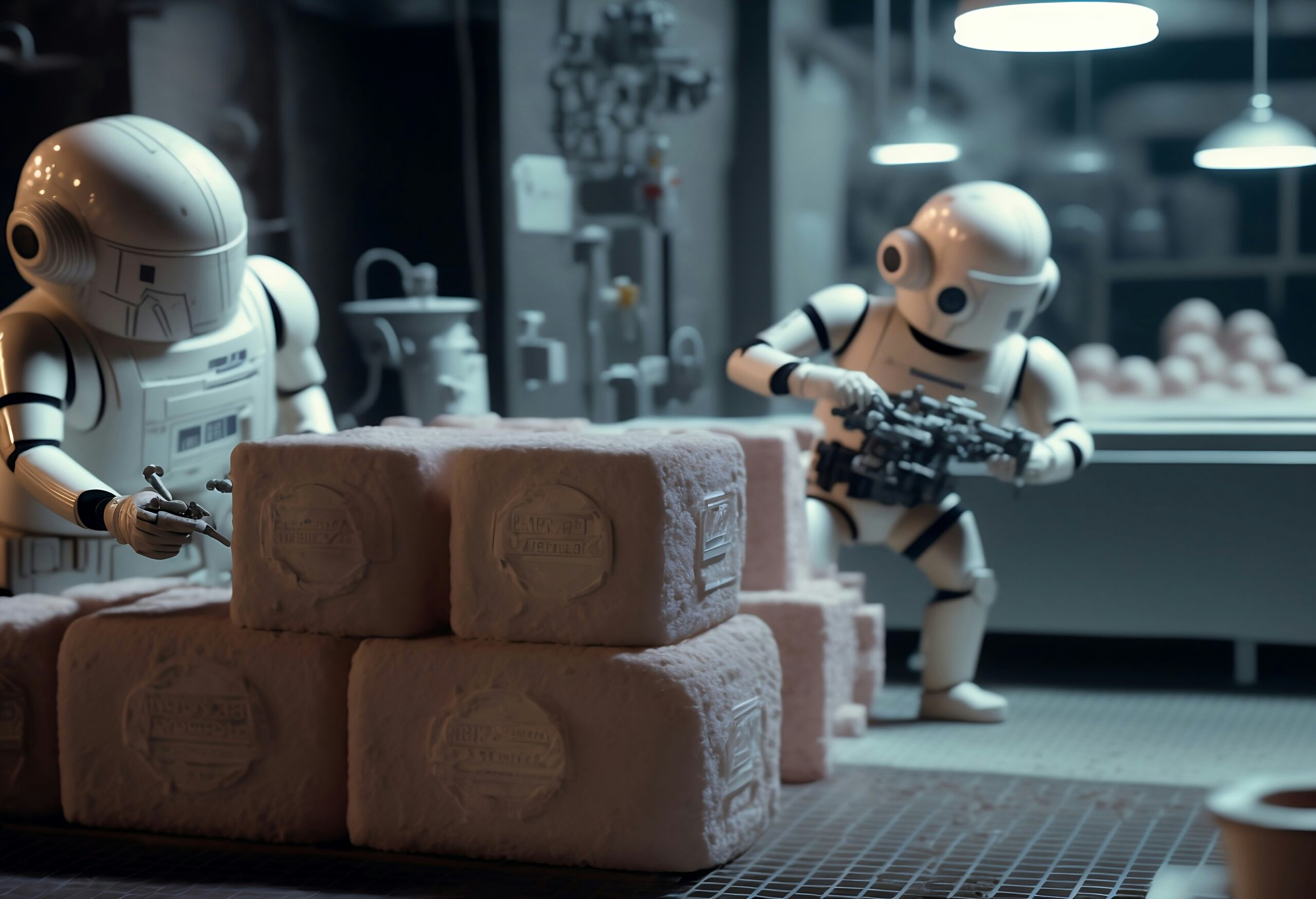AI has made remarkable advances in the creative domains of design and writing. However, rather than replacing human creativity, current evidence suggests AI is best viewed as an augmentation tool—enhancing human capabilities rather than replicating the full spectrum of human imagination, emotion, and originality.
AI’s Capabilities in Creative Tasks
Design
AI tools have become integral in fields like graphic design, product design, and digital art. These tools can:
- Rapidly generate high-quality visuals
- Explore a wide range of design concepts
- Help designers iterate faster and more efficiently
Case in Point: One project used AI to create 21 personalized posters in just five days—a task that would have taken nearly a month per character through traditional methods.
Writing
AI writing tools can now craft coherent, fluent content across formats—from blogs and fiction to ad copy and emails. Notably:
- AI helps less experienced writers produce higher-quality output
- It can generate creative ideas and help narrow the gap between novices and professionals
- In tests like the Alternate Uses Task (AUT), AI-generated responses often outperform the average human submission in creativity
Limitations of AI Creativity
Originality and Depth
While AI can remix data into creative outputs, it lacks true originality. Research indicates that although AI can outperform the average person in idea generation, the best human contributions still excel in uniqueness and emotional depth.
The Human Touch
AI lacks:
- Consciousness and intuition
- Lived experience that fuels emotionally resonant art
- Subtle understanding of culture, humor, or sarcasm
These human elements are often essential for truly impactful creative work.
Risk of Homogenization
Some studies show that while AI boosts individual creativity, it may also cause a convergence of ideas—reducing the diversity of creative output across groups as users gravitate toward AI suggestions.
AI as an Augmentation Tool
Rather than replacing humans, AI is proving to be a creative ally. It:
- Helps overcome writer’s block and generate idea variety
- Supports refinement and curation rather than pure creation
- Enables beginners to produce high-quality output
- Enhances collaboration through fast iteration and remixing
Conclusion
AI is revolutionizing how we approach design and writing—making processes faster, more accessible, and often more innovative. However, the unique depth, intuition, and emotional power of human creativity remain irreplaceable. As it stands, AI isn’t the end of human creativity—it’s a tool that amplifies it.
#AIandCreativity #HumanVsAI #DesignWithAI #WritingWithAI #CreativeAI #AIAugmentation #FutureOfWork #Innovation #ArtificialIntelligence #DigitalCreativity #FusionAILabs






Leave a comment